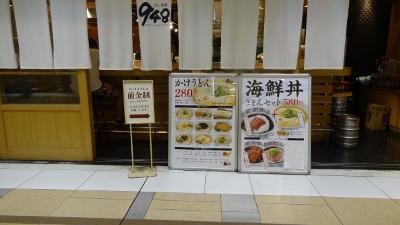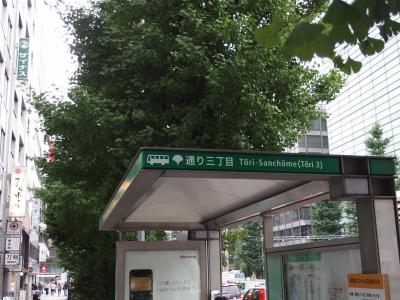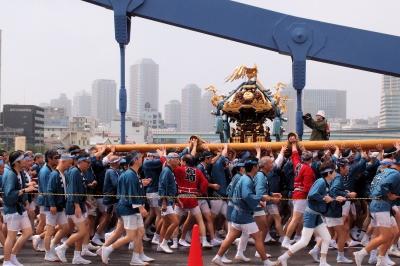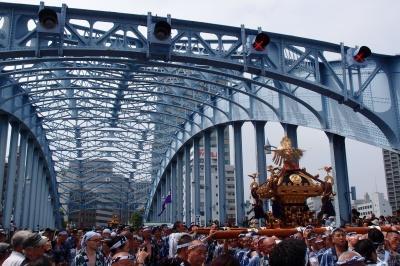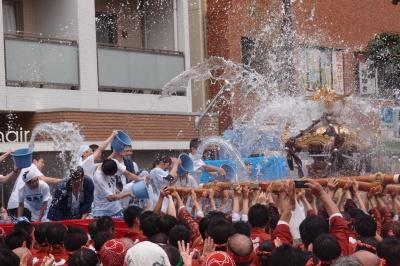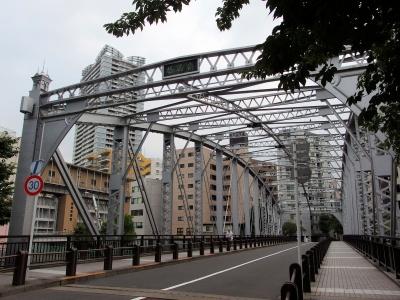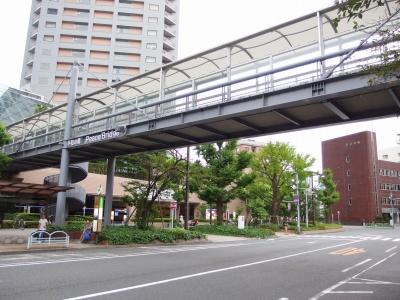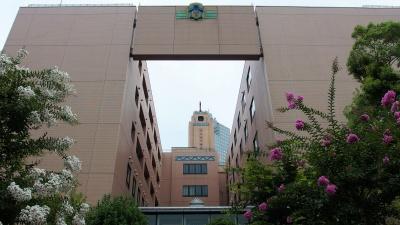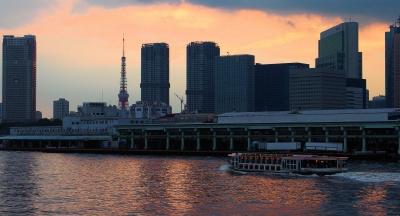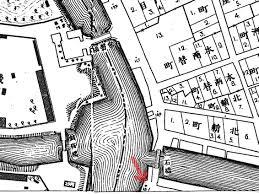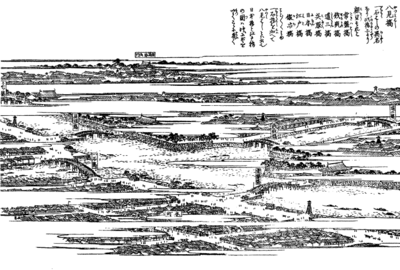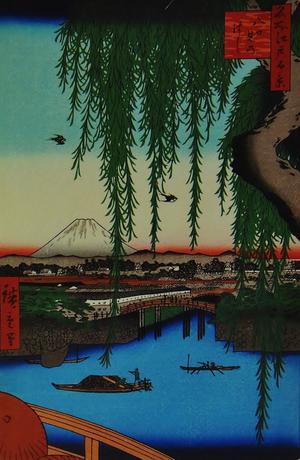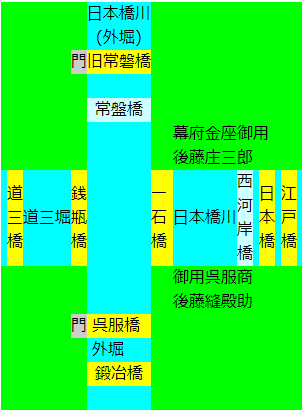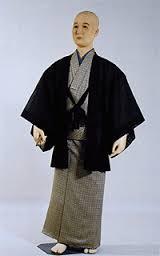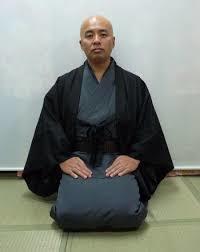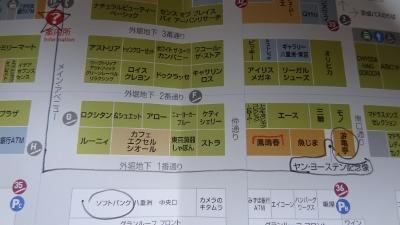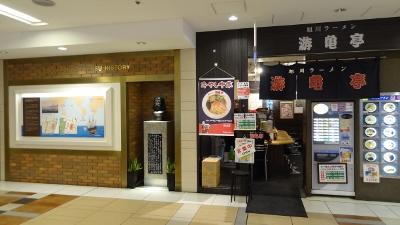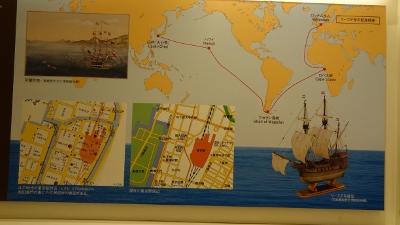This is rosemary sea, which showcases the capacity of "gifts and enjoy yourself".
Shimane antenna shop, Nihonbashi Shimanekan, here is the last introduction.
⇒ /archive/2017/08/post-4532.html
I'd like to introduce you to Shimane's happiness.
This time, I also took care of Mr. Kurinomiya, Director Yasui, and Mr. Irie of the Nihonbashi Shimanekan Shimane Prefectural Tokyo Office.
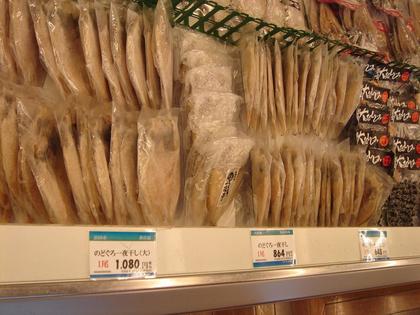
Throat
Kei Nishikori from Shimane Prefecture, is a famous story that when he returned from abroad, he answered "throat" as "What he wants to eat now".
Originally, it is a fish named "Akamutsu", but it is also known as "Nodoguro" as a high-class fish.
It's true that the back of the mouth is black.
If you dry it overnight, bake it and put it on a plate ... it's irresistible.
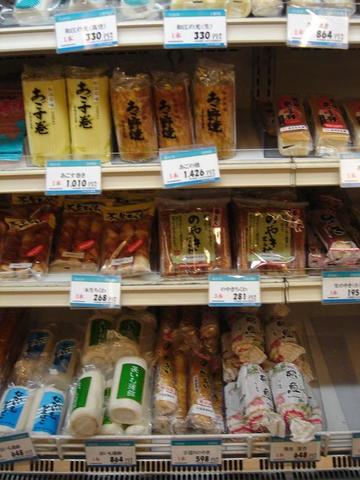
Ago noyaki (Agonoyaki)
It's regional cuisine in San'in district.
A chin that goes north in the Sea of Japan for spawning.
This is made into surimi, seasoned with sake or mirin, kneaded to a stick and baked.
The chin has a pale taste without habit, but the soup comes out.
"Achin no Yaki" is similar to a chikuwa, but this is generally larger.
The origin of the name "Noyaki" is related to its size.
In the past, it was baked on an indoor charcoal fire, but because of its size, it closed to smoke and began to bake at eaves and outdoors.
That's why "Noyaki".
By the way, "chin" is so delicious that the chin falls.
If you cut it and put it on a plate, it will be a dish, but it is also recommended to eat it as it is.
I'm a favorite of Rosmari.
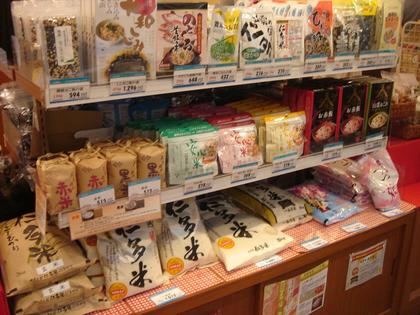
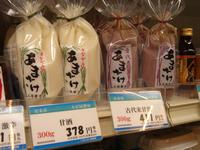 Rice, Sake and amazake Corner
Rice, Sake and amazake Corner
Shimane's water is delicious, so the rice that can be made here is top, and even more delicious rice and water ... There are also high-quality sake in Shimane.
In addition, amazake is also recommended.
How about a delicious Shimane?
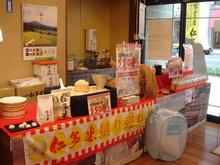
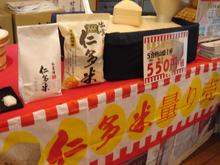
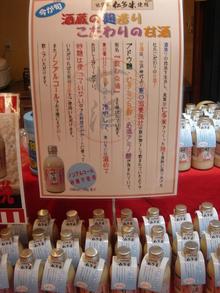
On the day of the interview, "Nitamai" was also introduced at the store.
It is Koshihikari from Okuizumo-cho, Nita-gun, Shimane Prefecture.
According to the Japan Grain Inspection Association's Rice Taste Ranking (FY2015), it is said to be "Special A", and therefore "East Uonuma Koshihikari, West Nita United States".
Rice grown in Tanada in the mountains of the Chugoku Mountains is stored at low temperatures with rice husks as it is harvested, so to speak, "living rice".
This fresh Nita rice is hushed and milled immediately before shipment and lined up in the shop.
Care must be taken to preserve it, but you can keep it delicious.
※ The introduction of Nita rice at the store was from August 1st to 3rd.
However, the product itself is handled at the rice corner etc.
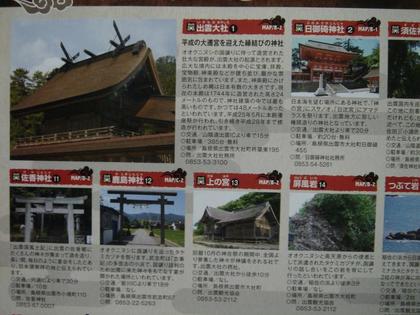 Tour of shrines and places related to mythology
Tour of shrines and places related to mythology
This time, I would like to introduce only one from the tourism section.
Shimane is the country of the gods.
It is also a place related to myths described in Records of ancient matters, Chronicles of Japan and Izumo-no-Kuni Fudoki.
The pamphlet also introduces 58 locations, led by Izumo Taisha Shrine.
Traveling by car seems to be tasteful.
Of course, other means of transportation.
I would like to go around the power spot tour with a red stamp book in my hand.
・・・ The staff here, the advice of the trip to Shimane is even more heated.
Please drop in when traveling to Shimane or considering it.
I'm sure you'll be satisfied.
Once again, the news
Nihonbashi Shimanekan will be temporarily closed from September 19, 2017 (Tuesday) due to the earthquake-resistant construction of the tenant building.
The reopening is scheduled for February next year.
In addition, it seems that tourist information and settlement consultation will be operated at the temporary office even during the closed period.
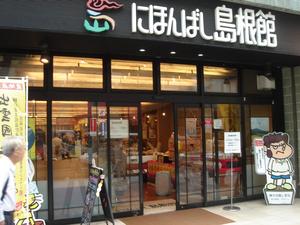 Nihonbashi Shimanekan
Nihonbashi Shimanekan
1-5-3, Nihonbashimuromachi
Fukushima Building 1st floor
Exit A4 at Mitsukoshimae Station on the Tokyo Metro Ginza Line and Hanzomon Line
It's opposite the Mitsukoshi Nihonbashi Main Store.
Information on sightseeing, various inquiries
⇒ Information counter 03-5201-3310
Inquiries about products and orders
⇒ Shimane Prefectural Local Products Association Tokyo Branch 03-3548-9511
Business hours 10:30 to 19:00
Open all year round (excluding New Year holidays)
In addition, "Hometown Settlement and Employment Information Corner" and
As a restaurant, "Shimane's taste, seafood from Japan" Mondo "is also served.
Yes, sir.
Click here for the website of Nihonbashi Shimanekan.
⇒ http://www.shimanekan.jp/

